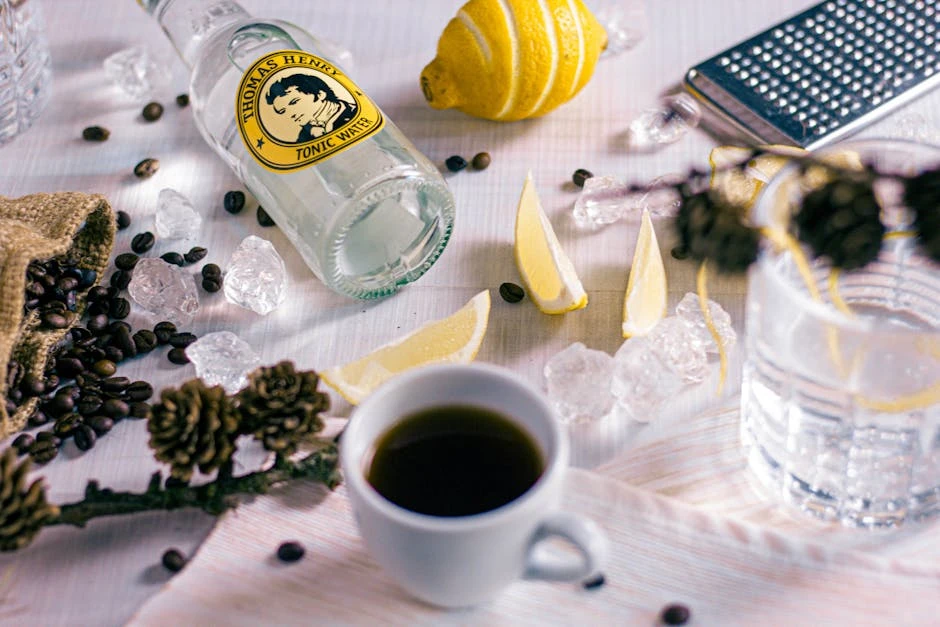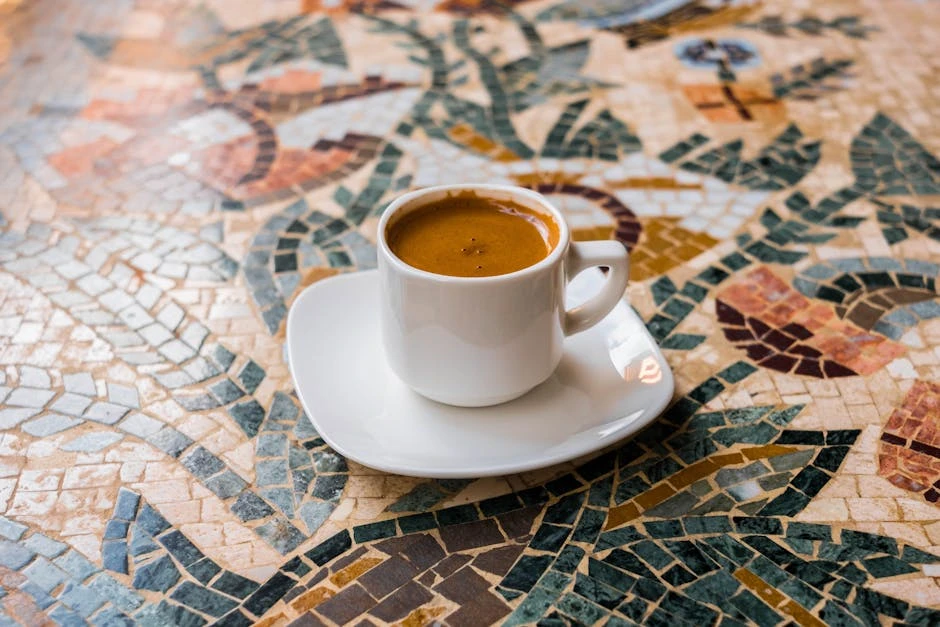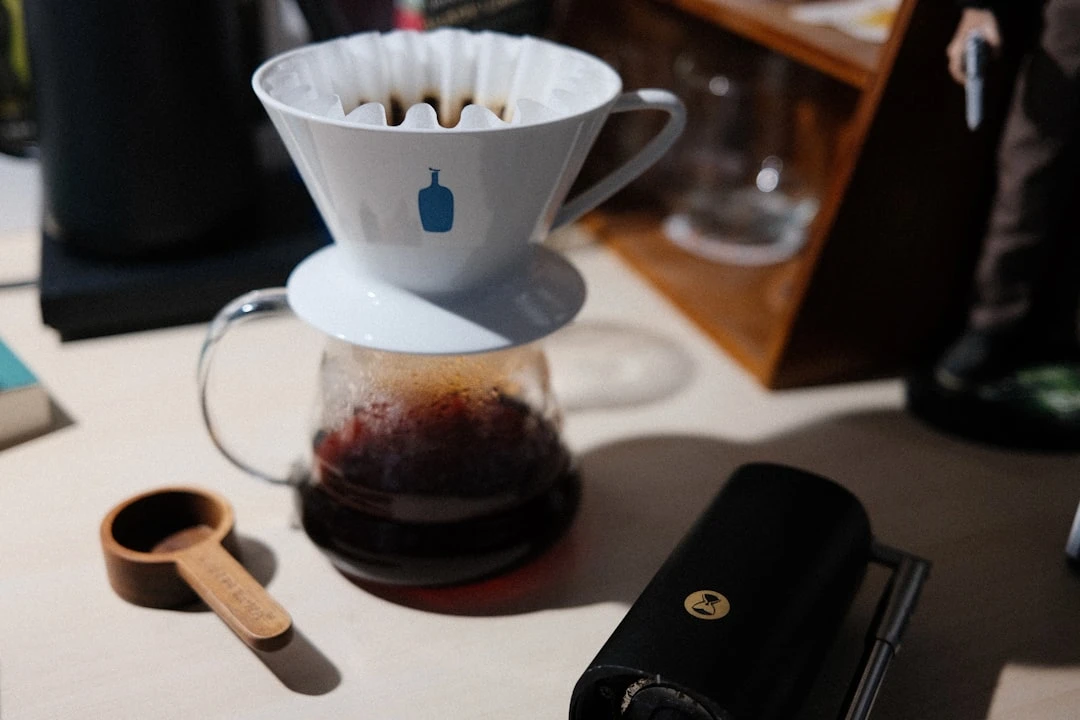Bodum French Press Review: The Classic Coffee Maker

I'll never forget the morning I discovered my automatic coffee maker had died overnight. Standing there in my pajamas, desperate for caffeine, I grabbed an old Bodum French press that had been collecting dust in my cabinet. That emergency cup of coffee changed everything – it was rich, full-bodied, and had more flavor than anything my fancy machine had ever produced!
After eight years of daily use and testing nearly every model Bodum makes, I've learned that French press brewing isn't just about making coffee. It's about slowing down, understanding your beans, and creating a morning ritual that actually makes you excited to get out of bed. The Bodum French press has become my most trusted kitchen companion, and honestly, I don't know how I survived without it.
What Makes Bodum French Press Special
The first thing you notice about any Bodum French press is the attention to detail. I've owned cheap knockoffs that broke within months, but my original Bodum Chambord is still going strong after nearly a decade. The brand has been perfecting this design since the 1950s, and it shows in every component.
What sets Bodum apart is its filtration system. That fine mesh plunger doesn't just keep grounds out of your cup – it allows the coffee oils to pass through, which is where all those complex flavors hide. When I switched from paper filters to French press brewing, I tasted notes in my coffee that I never knew existed. It was like listening to music through good headphones for the first time.
The build quality is impressive too. I've dropped my glass carafe more times than I care to admit (usually before my first cup), and somehow it's survived every accident. The borosilicate glass can handle temperature changes without cracking, which means you can brew hot coffee and rinse with cold water without worry.
My Experience with Different Bodum Models
After falling in love with French press coffee, I became a bit obsessed with trying different models. The Bodum Chambord was my first love – that classic chrome and glass design looks elegant on any counter. I still use my 34-ounce version for weekend mornings when I'm brewing for guests.
But for daily use, I switched to the Bodum Brazil. The plastic frame might not look as fancy, but it's practically indestructible. I've knocked it off the counter twice, and both times only the coffee suffered. Plus, at half the price of the Chambord, it's perfect for beginners who aren't sure if French press brewing is for them.
The Bodum Kenya holds a special place in my heart because it was a gift from my sister. The stainless steel construction keeps coffee warmer longer, which is great when I'm working from home and sipping slowly. However, I learned the hard way that you can't see the coffee level through metal – I've definitely overfilled it more than once!
Size-wise, I've found the 34-ounce version perfect for two coffee drinkers or one person who needs multiple cups. The smaller 17-ounce model works well for single servings, but honestly, good coffee disappears fast in my house.
How to Brew Perfect Coffee with Your Bodum French Press
Getting the perfect cup took me months of experimentation and quite a few terrible batches. My biggest early mistake was using water that was too hot – I was literally boiling the life out of my coffee beans. Now I heat water to about 200°F, which is just off the boil.
The grind size was another learning curve. I started with whatever pre-ground coffee I had lying around, which was way too fine. French press needs a coarse grind, almost like coarse sea salt. When I finally invested in a burr grinder and started grinding fresh beans, the difference was night and day. The flavor became cleaner, and I stopped getting muddy coffee at the bottom of my cup.
My current ratio is about 1:15 – one part coffee to fifteen parts water. For my 34-ounce press, that's roughly 4 tablespoons of coffee grounds to 30 ounces of water. I add the grounds first, pour in just enough hot water to wet them, and let it "bloom" for 30 seconds. This releases CO2 and helps with even extraction.
Then I fill the rest with water, give it a gentle stir with a wooden spoon (never metal – learned that lesson when I scratched my glass carafe), and let it steep for exactly 4 minutes. The timing matters more than I initially thought. Less than 4 minutes and the coffee tastes weak; more than 5 minutes and it gets bitter.
Maintenance and Care Tips That Actually Work
Cleaning a French press properly was something I had to learn through trial and error. For the longest time, I was just rinsing it out and wondering why my coffee started tasting off after a few days. Coffee oils build up on the mesh filter and can turn rancid, affecting the taste of every batch.
My daily routine now takes about 2 minutes. After drinking my coffee, I empty the grounds (they go straight into my compost bin), rinse everything with hot water, and use a bottle brush to scrub the mesh filter. Once a week, I do a deep clean with a mixture of baking soda and hot water, letting it sit for 15 minutes before scrubbing.
The mesh filter is the part that wears out first. I replace mine about once a year, depending on usage. Bodum sells replacement parts individually, which is way more economical than buying a whole new press. Pro tip: order a spare plunger assembly when you buy your French press – you'll thank me later when the inevitable happens.
Storage is simple but important. I always make sure everything is completely dry before putting it away. Trapped moisture can lead to mineral buildup or even mold, especially if you live in a humid climate like I do.
Is a Bodum French Press Worth the Investment?
When I calculated how much I was spending at coffee shops versus making coffee at home, the numbers were embarrassing. My daily $4 latte habit was costing me over $1,400 a year! Even buying high-quality beans and grinding them fresh, I'm spending maybe $300 annually on home coffee.
The upfront cost of a Bodum French press ranges from about $20 for the Brazil model to $40 for the Chambord model. Compare that to a decent automatic coffee maker, which starts around $100 and can go up to several hundred dollars. Plus, French presses don't have heating elements that burn out or complex mechanisms that break.
Maintenance costs are minimal. In eight years, I've replaced two mesh filters ($15 each) and one glass carafe ($20 after my clumsiest morning ever). That's still less than what some people spend on coffee pods in a month.
But here's the thing – it's not just about money. French press brewing forced me to slow down and be more intentional about my morning routine. Instead of rushing around waiting for a machine to finish, I use those 4 minutes of steeping time to plan my day or just enjoy the quiet.
That said, French press isn't for everyone. If you need coffee ready the moment you stumble out of bed, or if you're always rushing out the door, an automatic maker might suit your lifestyle better. French press requires a bit of involvement and patience, which some mornings I honestly don't have.
Conclusion
After years of experimenting with different brewing methods, the Bodum French press remains my daily driver. It's taught me to appreciate coffee as more than just a caffeine delivery system – it's a small daily ritual that centers my morning routine.
Whether you choose the classic Chambord, the practical Brazil, or the durable Kenya model, you're investing in more than just a coffee maker. You're choosing quality, sustainability, and the satisfaction that comes from mastering a simple but rewarding skill.
Don't be afraid to experiment with different beans, grind sizes, and brewing times until you find your perfect cup. Everyone's taste is different, and part of the joy is discovering what works for you. Start with the basics I've shared, then make it your own.


